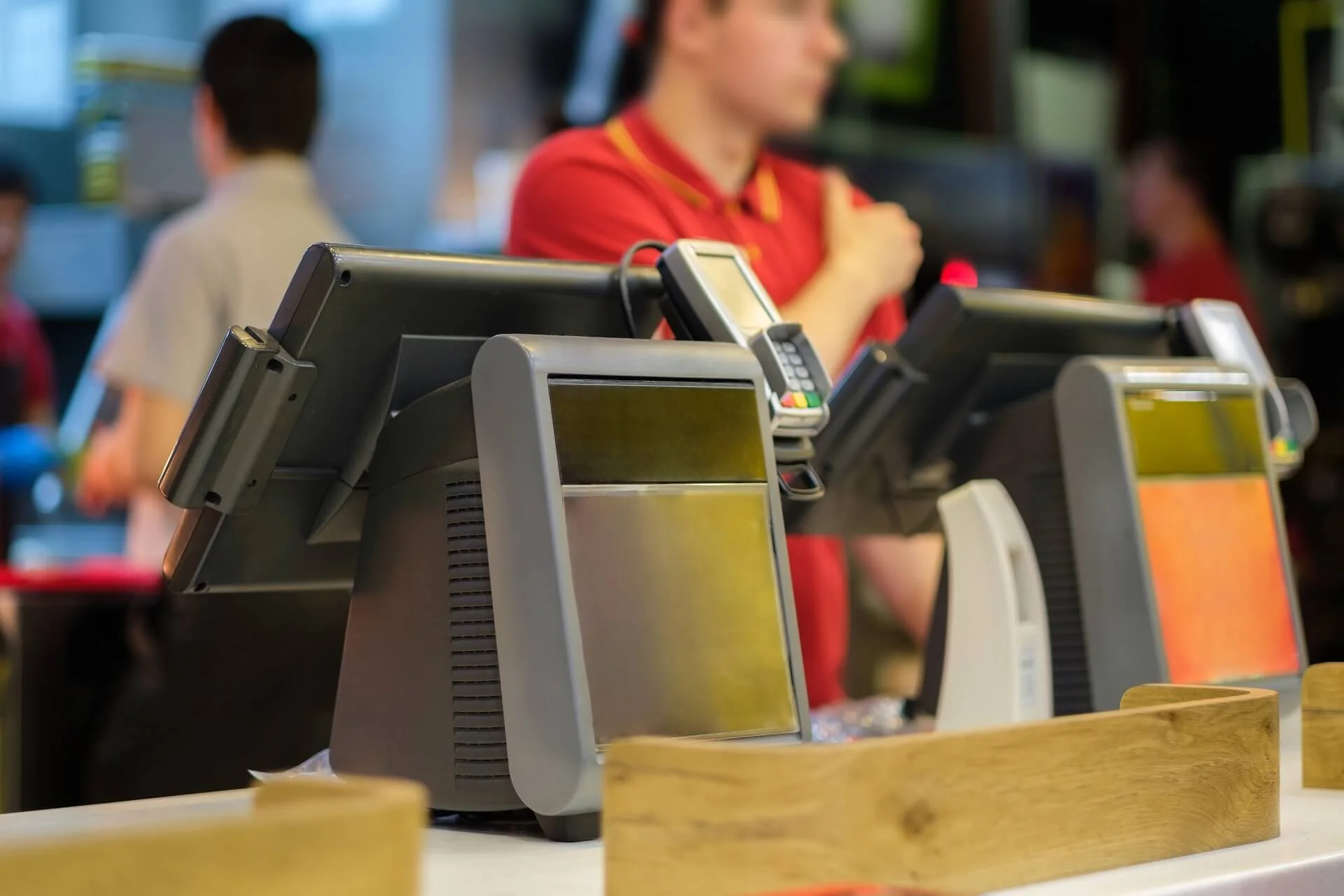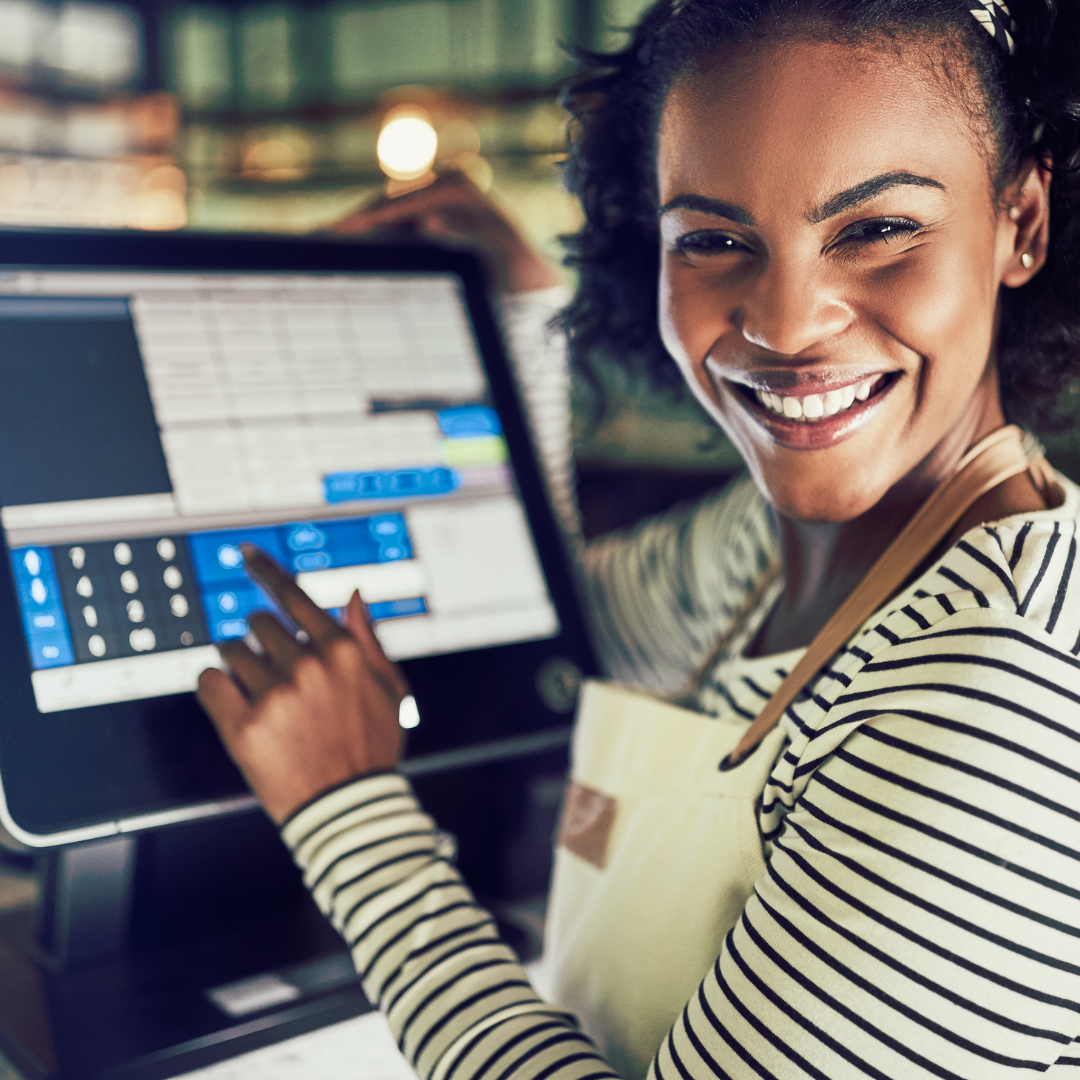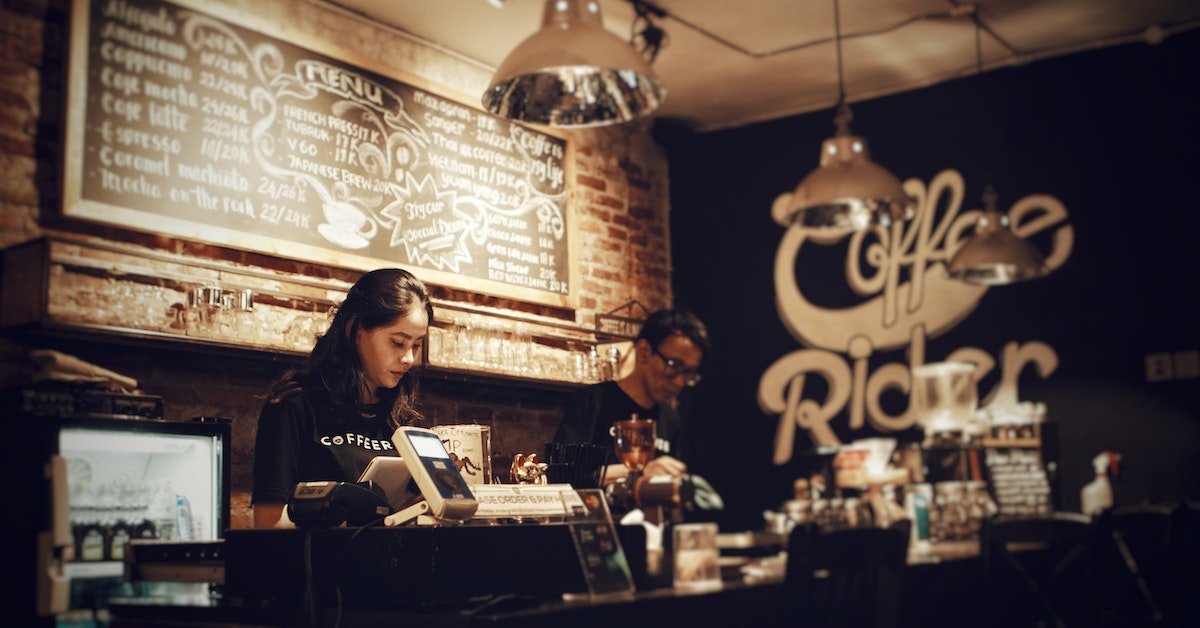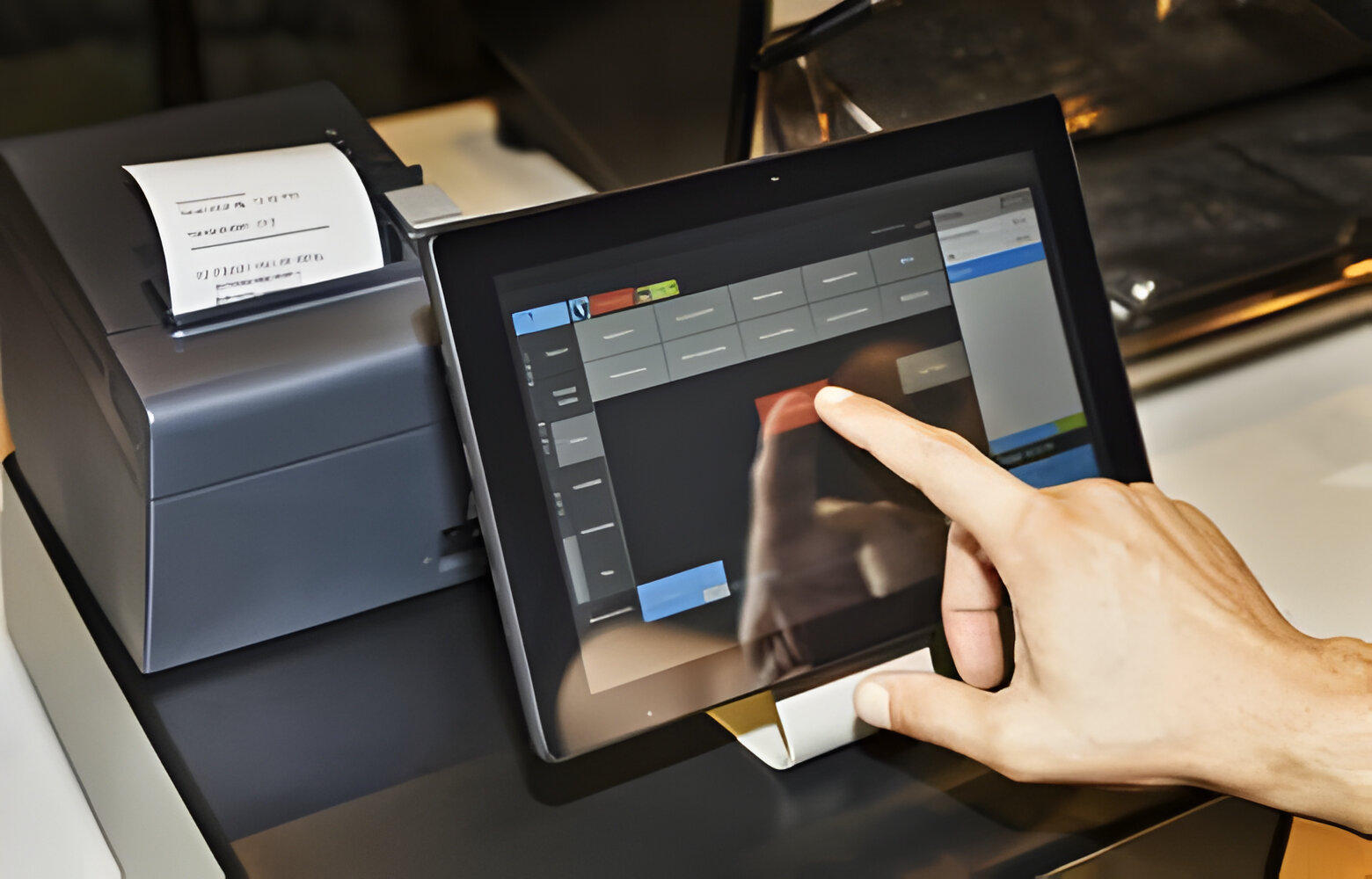Social Commerce Integration: How POS Systems Are Powering Shoppable Feeds
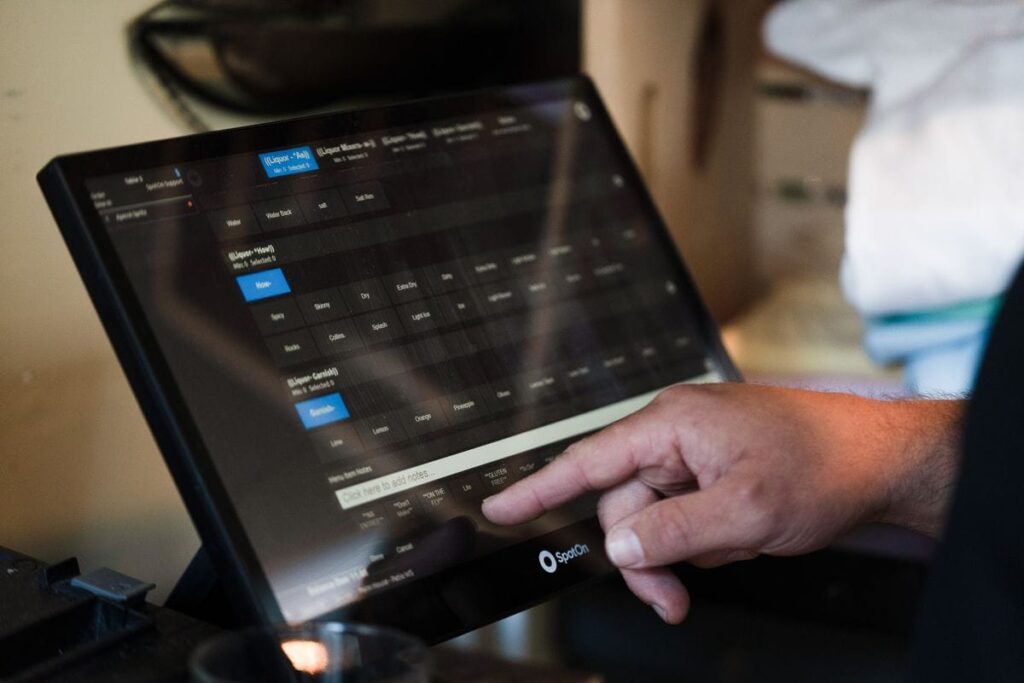
In the age of instant gratification, consumers no longer want to toggle between browsing Instagram, clicking a product link, and completing a purchase on a separate website. They demand seamless, one-click buying experiences—and social commerce is answering the call. By 2025, social commerce sales are projected to surpass $1.2 trillion globally, with platforms like Instagram, TikTok, and Pinterest leading the charge. At the heart of this revolution lies an unexpected hero: modern Point-of-Sale (POS) systems. These tools are no longer confined to physical checkout counters—they’re now powering shoppable feeds, bridging the gap between discovery and purchase, and reshaping retail as we know it.
What Are Shoppable Feeds?
Shoppable feeds transform social media content into dynamic storefronts. Users can tap a tagged product in a post, story, or video to view pricing, descriptions, and even checkout without leaving the app. This frictionless experience turns casual scrolling into impulse buying, but its success hinges on behind-the-scenes integration with POS systems.
How POS Systems Fuel Social Commerce
Modern POS platforms act as the central nervous system for unified commerce, connecting inventory, payments, and customer data across channels. Here’s how they enable shoppable feeds:
- Real-Time Inventory Synchronization
POS systems sync product catalogs with social platforms, ensuring shoppable feeds display accurate stock levels, pricing, and variants. When a customer purchases via Instagram, the POS automatically deducts inventory from both the online and in-store counts, preventing overselling. - Unified Checkout Experiences
Advanced POS integrations allow customers to save payment details securely (e.g., via tokenization) and reuse them across social platforms. For instance, a TikTok Shop purchase can be processed through the same POS gateway as an in-store transaction, streamlining reconciliation. - Customer Data Centralization
When a user buys from a shoppable ad, POS systems capture their data—purchase history, preferences, and behavior—building rich profiles. Retailers then leverage this data to personalize future social media campaigns, recommend products, and reward loyalty. - Omnichannel Order Management
POS platforms like Square and Lightspeed unify orders from social channels, e-commerce sites, and brick-and-mortar stores. This lets retailers fulfill orders from the closest warehouse or store, reducing shipping costs and delivery times.
Why Businesses Can’t Afford to Ignore This Integration
- Higher Conversion Rates: Shoppable feeds reduce friction. Beauty brand Glossier reported a 30% increase in conversions after integrating Instagram Shopping with its POS.
- Enhanced Customer Insights: POS analytics reveal which social campaigns drive sales, enabling smarter ad spend.
- Scalability: Small businesses can compete with giants by turning viral moments into instant sales. A viral TikTok video, linked to a shoppable feed, can sell out inventory in hours.
Overcoming Challenges
While promising, social commerce integration isn’t without hurdles:
- Platform Fragmentation: Each social network (Meta, TikTok, Pinterest) has unique APIs and requirements. POS providers must offer flexible, modular solutions.
- Data Privacy: Collecting customer data across platforms requires compliance with GDPR, CCPA, and platform-specific policies.
- Technical Complexity: Retailers may need IT support to manage integrations, though cloud-based POS systems are simplifying this.
The Future: Where POS and Social Commerce Are Headed
- AI-Driven Personalization: POS systems will use AI to analyze social media behavior, predicting trends and auto-generating targeted shoppable posts.
- Live Shopping Integration: POS platforms will support real-time checkout during live-streamed sales events, popular in Asian markets.
- AR/VR Try-Ons: Imagine “trying” sunglasses via Instagram AR, then purchasing them instantly—all powered by POS-linked inventory.
Getting Started
To tap into social commerce:
- Choose a POS system with native social platform integrations (e.g., Shopify POS, Square).
- Optimize product visuals for social media—high-quality images and videos perform best.
- Test shoppable ads with limited inventory to gauge engagement before scaling.
Conclusion
Social commerce isn’t a trend—it’s the future of retail. By integrating POS systems with shoppable feeds, businesses turn casual browsers into loyal customers, streamline operations, and future-proof their growth. As platforms evolve, the synergy between POS tech and social selling will only deepen, creating endless opportunities for brands ready to innovate.


